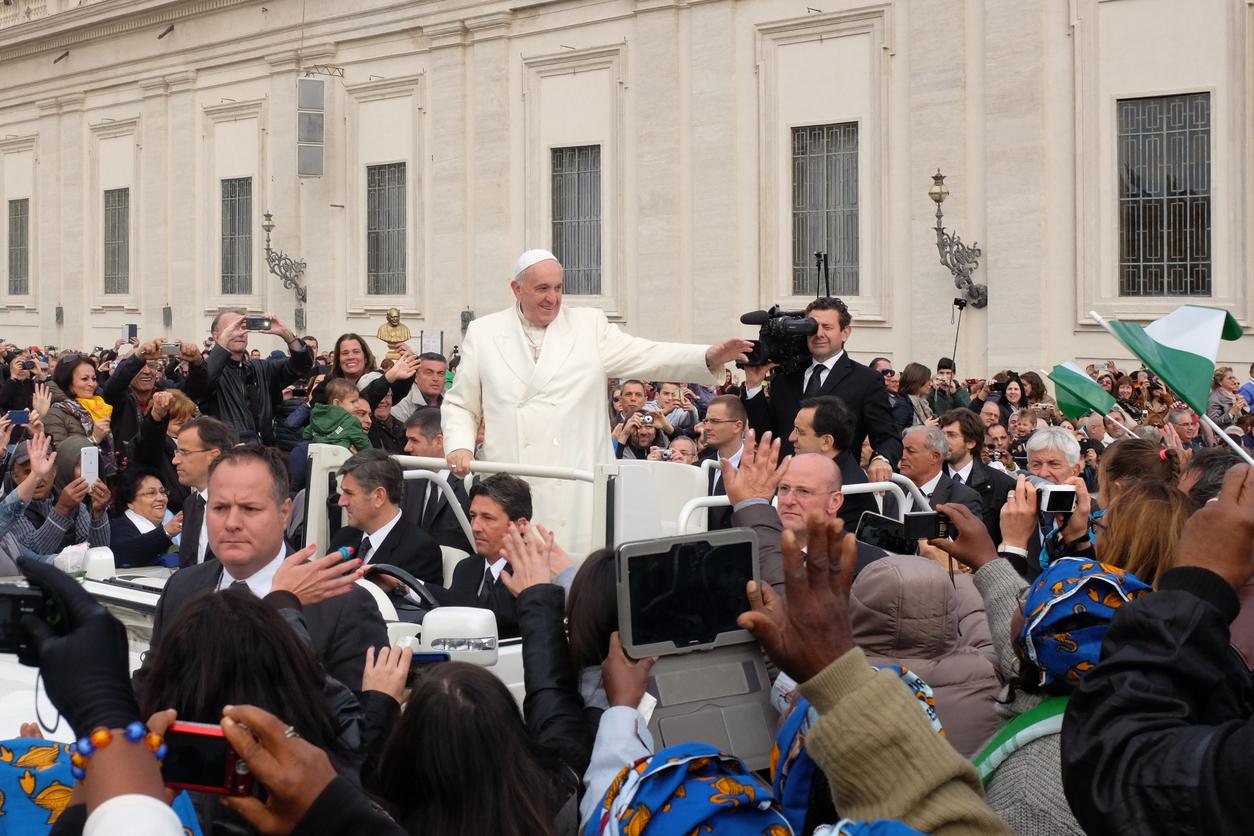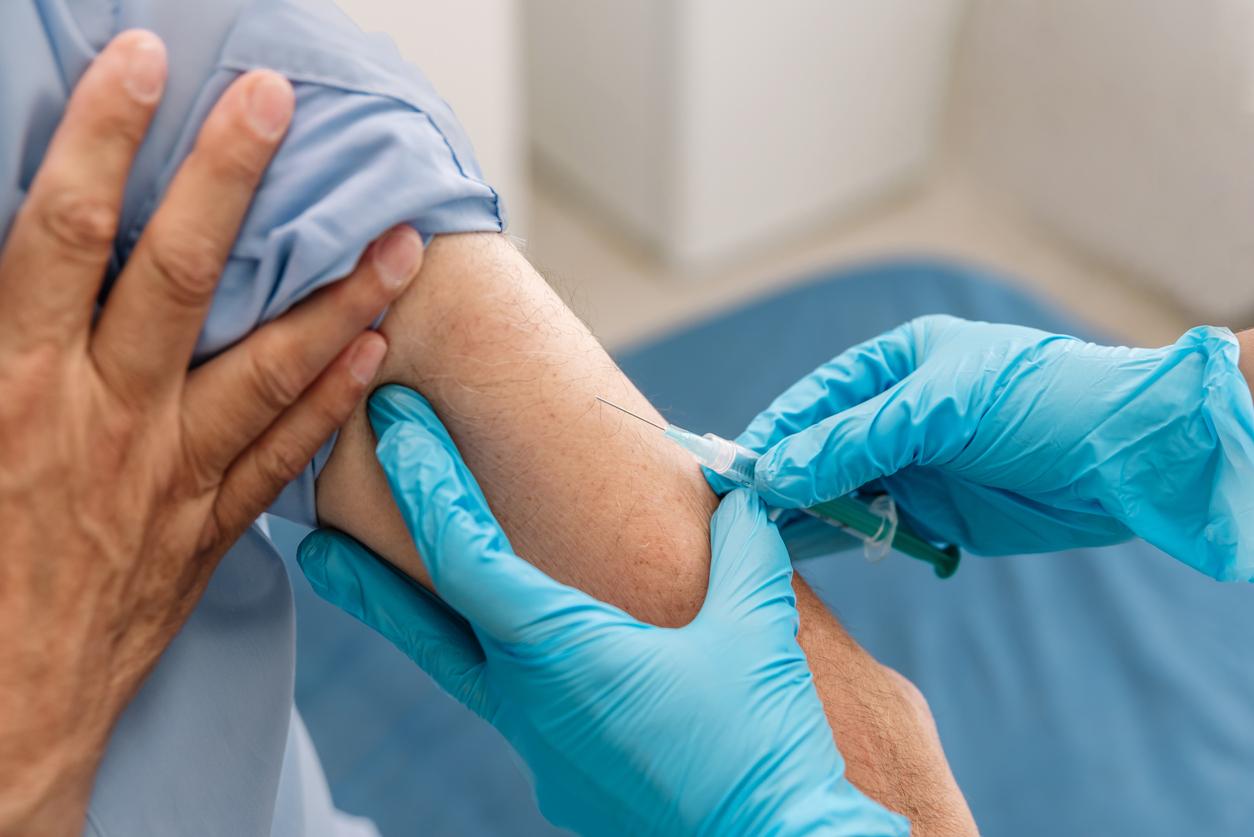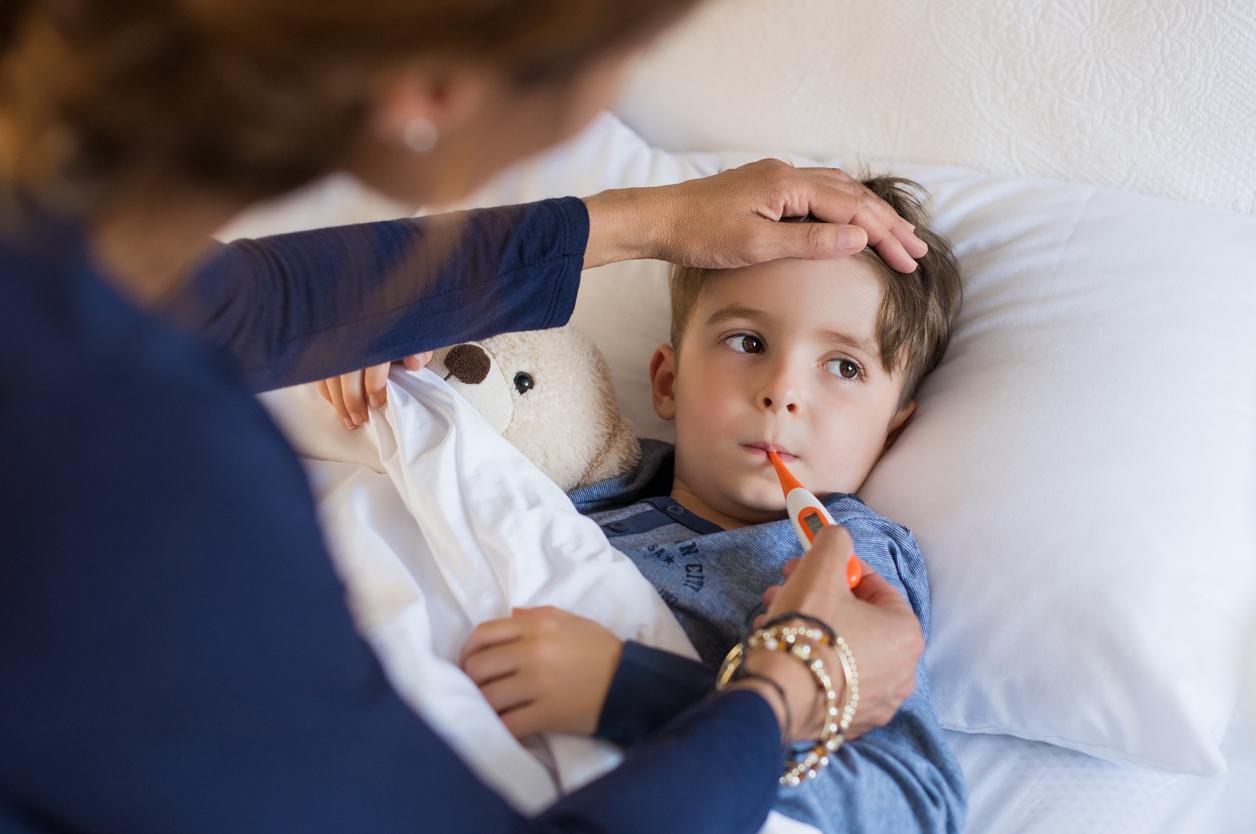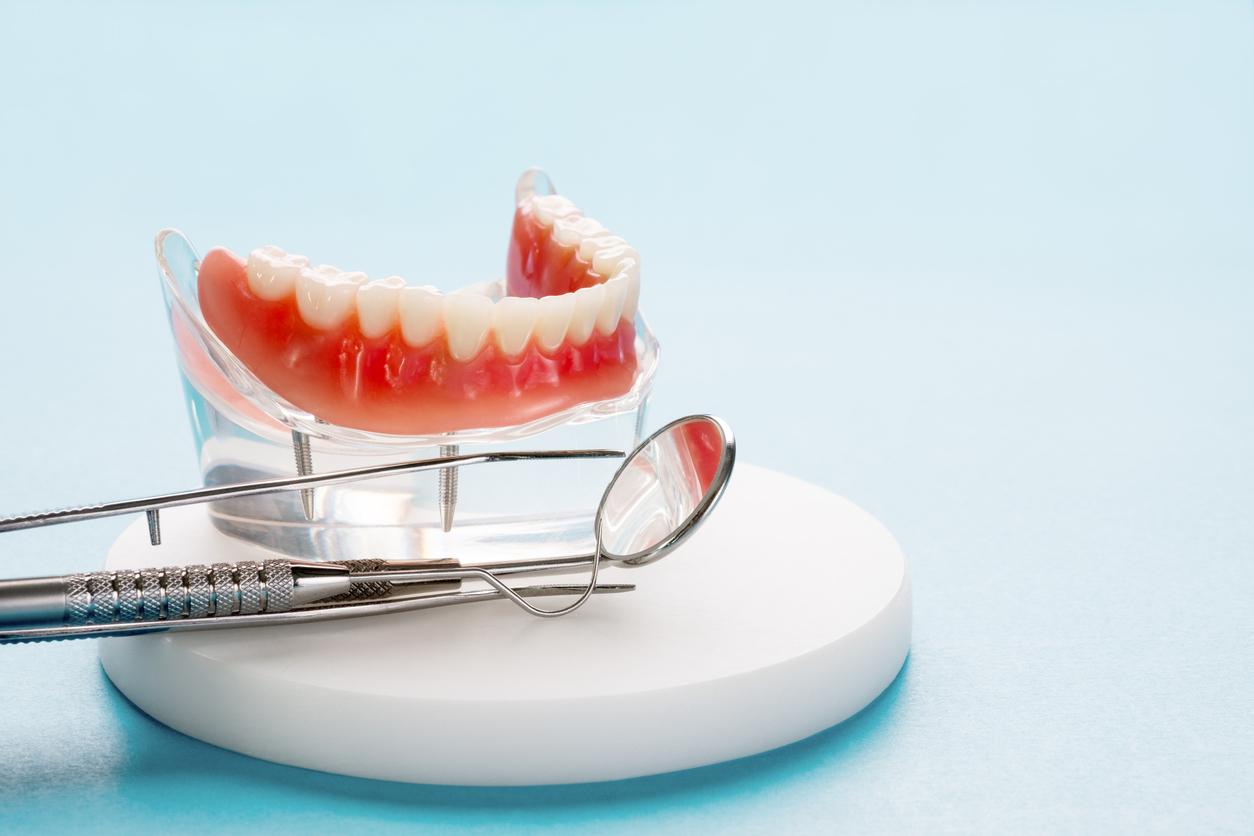Mohammod Chisti is a doctor. His first night as a pediatrician at Sylhet Hospital in Bangladesh was hell: he saw three children die of pneumonia. Oxygen was administered to them through a mask or through tubes placed in their nostrils. This technique, called “low flow”, follows the guidelines for low-income countries of the World Health Organization (WHO). Faced with this failure, Mohammod Chisti found another solution, as related by the site The Economist.
Malnutrition, an indirect cause of pneumonia
In Bangladesh, pneumonia is responsible for 28% of infant mortality. And this is due in particular to the malnutrition that largely affects the country. On the one hand, it weakens the immune system and promotes infection. On the other hand, a child suffering from pneumonia must breathe faster and faster to keep his oxygen level at the highest and his CO2 level at the lowest. But it takes a lot of energy, so undernourished infants don’t have the ability to sustain such an effort for many minutes.
Mohammod Chisti has designed a device to reduce the respiratory effort required so that the child can continue to breathe, and at a lower cost.
Continuous positive pressure bubbles
His invention was inspired in Australia. During his trip, he discovers an assisted breathing device called “continuous positive pressure” (CPAP) with bubbles. This machine channels the infant’s exhaled breath through a tube whose end is immersed in water. The exhaled air emerges from the tube in the form of bubbles, and the process of their formation causes oscillations in the air pressure in the same tube. The modified air re-enters the toddler’s lungs. Gas exchange in the alveoli is enhanced, which increases the volume of the lungs. Breathing is facilitated.
Cheaper than conventional assisted breathing devices ($15,000, or nearly €13,000), this bubble CPAP ($6,000, or €5,100) remains too expensive for hospitals in the poorest countries.
A bottle of shampoo to save babies
However, Dr. Chisti had a revelation when he picked up a bottle of shampoo from the floor still containing bubbles. Immediately, he used an oxygen supply, tubes and a plastic bottle filled with water to reproduce the operation of the bubble CPAP. And it worked.
From tests have been carried out at the International Center for Diarrheal Disease Research in Dhaka. Since then, the number of children dying of pneumonia there has been reduced by 75%. The doctor claims that his device, in addition to saving lives, has reduced the costs of treating the disease by almost 90%.“This means that the survival rate at Dhaka hospital today is almost equal to that of children treated in institutions in wealthy countries, using conventional assisted breathing devices”, even writes The Economist. At the end of these trials, Mohammod Chisti and his colleagues concluded that further research is needed to improve the reliability of the device.
Read also :
- A little boy with a heart defect saved after 2 operations
- Unusual: a jacket against pneumonia

















